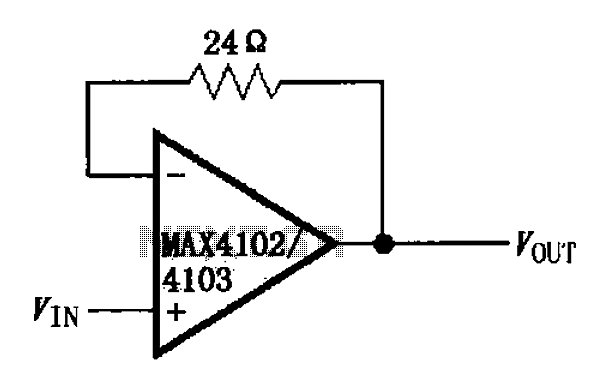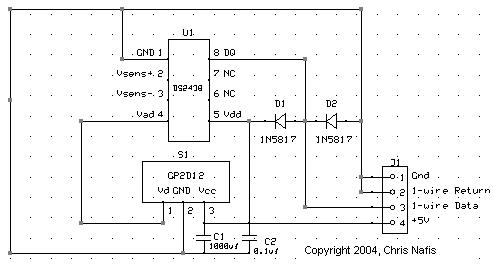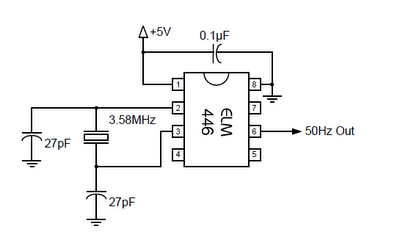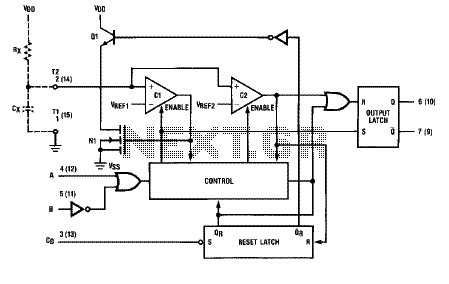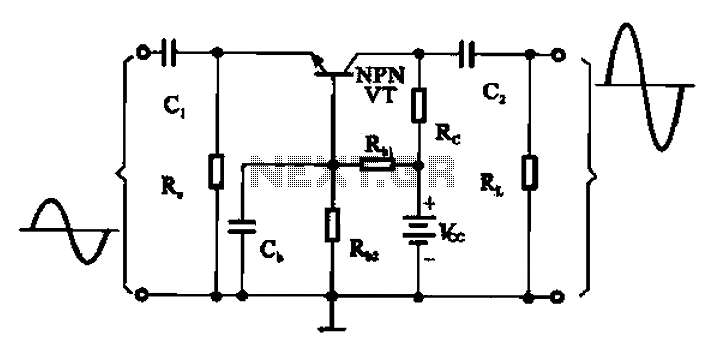
INA159 Dual-Polarity Bidirectional Current-Shunt-Monitor Circuit
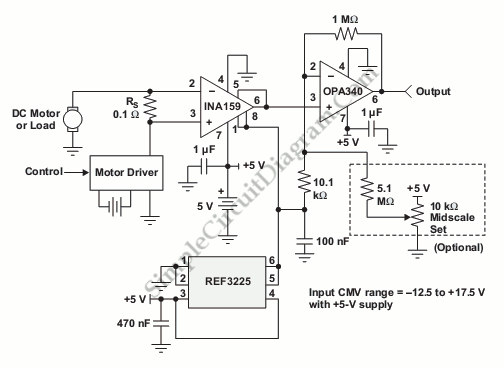
This is a INA159 Dual-Polarity, Bidirectional Current-Shunt-Monitor Circuit. This circuit uses OPA340 because it has near rail-to-rail input and output swing.
The INA159 is an integrated circuit designed for high precision current sensing applications. It is capable of measuring bidirectional currents, making it suitable for various applications where the current can flow in either direction. The device operates with a dual-polarity power supply, allowing it to accurately monitor both positive and negative currents.
The OPA340 operational amplifier is utilized in this circuit due to its rail-to-rail input and output capabilities, which enhance the performance in low-voltage applications. This feature allows the amplifier to operate effectively near the supply voltage limits, maximizing the dynamic range of the output signal. The combination of INA159 and OPA340 ensures that the circuit can handle a wide range of input voltages while maintaining high accuracy and low offset errors.
In practical applications, the INA159 can be connected across a shunt resistor placed in series with the load. The voltage developed across the shunt resistor, which is proportional to the current flowing through it, is then amplified by the INA159. The amplified output can be fed into an analog-to-digital converter (ADC) for further processing or displayed on a microcontroller or other digital interface.
This circuit configuration is particularly useful in battery management systems, motor control applications, and any system requiring precise current measurement for monitoring and control purposes. The design considerations should include proper selection of the shunt resistor value to ensure that the voltage drop does not significantly affect the load while providing sufficient signal for accurate measurement. Additionally, attention should be paid to the power supply decoupling and layout to minimize noise and improve measurement fidelity.This is a INA159 Dual-Polarity, Bidirectional Current-Shunt-Monitor Circuit. This circuit uses OPA340 because it has near rail-to-rail input and output swing.. 🔗 External reference
The INA159 is an integrated circuit designed for high precision current sensing applications. It is capable of measuring bidirectional currents, making it suitable for various applications where the current can flow in either direction. The device operates with a dual-polarity power supply, allowing it to accurately monitor both positive and negative currents.
The OPA340 operational amplifier is utilized in this circuit due to its rail-to-rail input and output capabilities, which enhance the performance in low-voltage applications. This feature allows the amplifier to operate effectively near the supply voltage limits, maximizing the dynamic range of the output signal. The combination of INA159 and OPA340 ensures that the circuit can handle a wide range of input voltages while maintaining high accuracy and low offset errors.
In practical applications, the INA159 can be connected across a shunt resistor placed in series with the load. The voltage developed across the shunt resistor, which is proportional to the current flowing through it, is then amplified by the INA159. The amplified output can be fed into an analog-to-digital converter (ADC) for further processing or displayed on a microcontroller or other digital interface.
This circuit configuration is particularly useful in battery management systems, motor control applications, and any system requiring precise current measurement for monitoring and control purposes. The design considerations should include proper selection of the shunt resistor value to ensure that the voltage drop does not significantly affect the load while providing sufficient signal for accurate measurement. Additionally, attention should be paid to the power supply decoupling and layout to minimize noise and improve measurement fidelity.This is a INA159 Dual-Polarity, Bidirectional Current-Shunt-Monitor Circuit. This circuit uses OPA340 because it has near rail-to-rail input and output swing.. 🔗 External reference
Warning: include(partials/cookie-banner.php): Failed to open stream: Permission denied in /var/www/html/nextgr/view-circuit.php on line 713
Warning: include(): Failed opening 'partials/cookie-banner.php' for inclusion (include_path='.:/usr/share/php') in /var/www/html/nextgr/view-circuit.php on line 713
